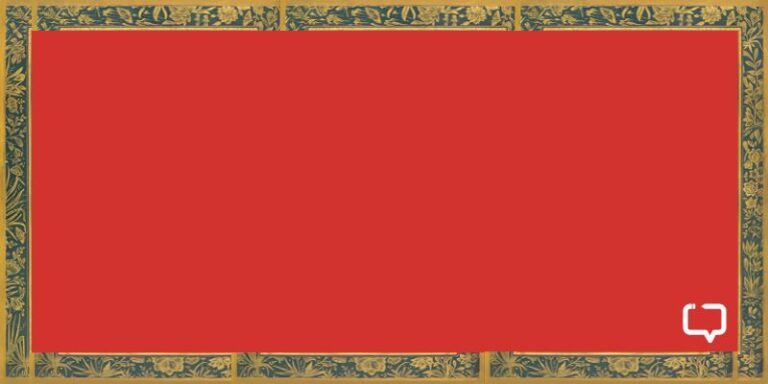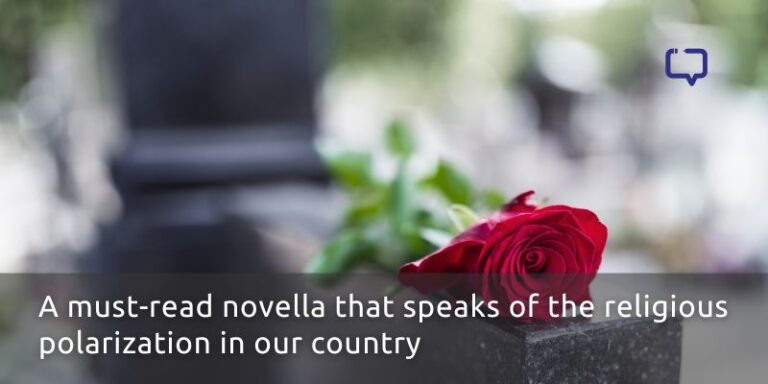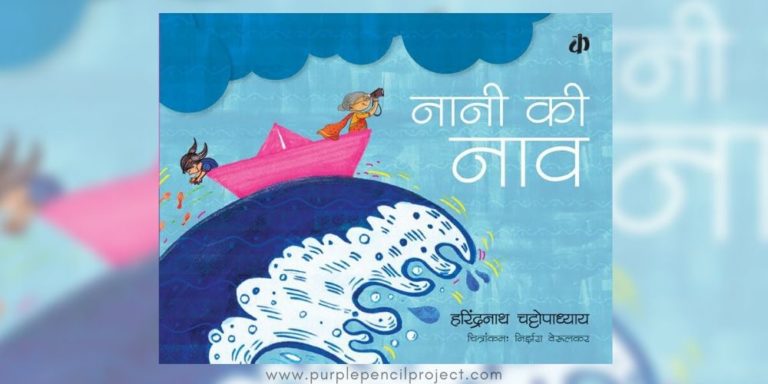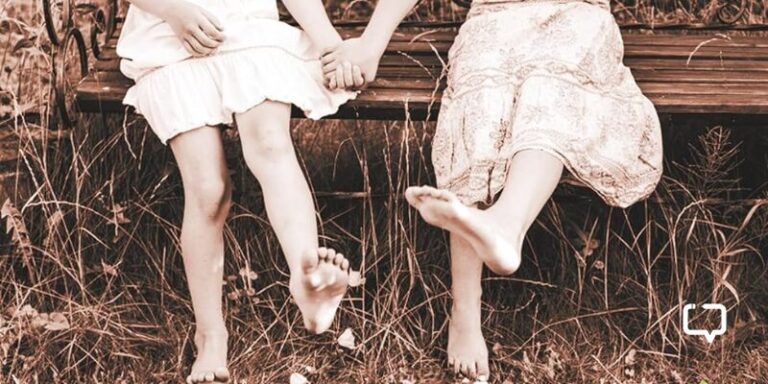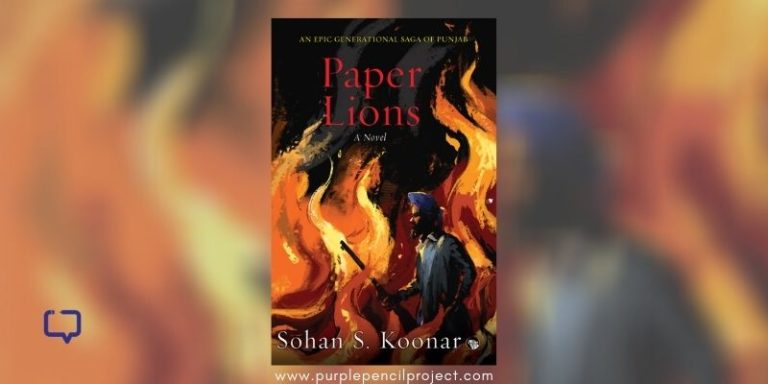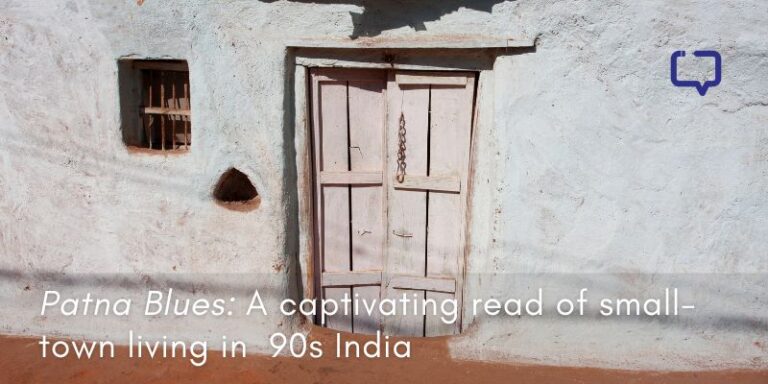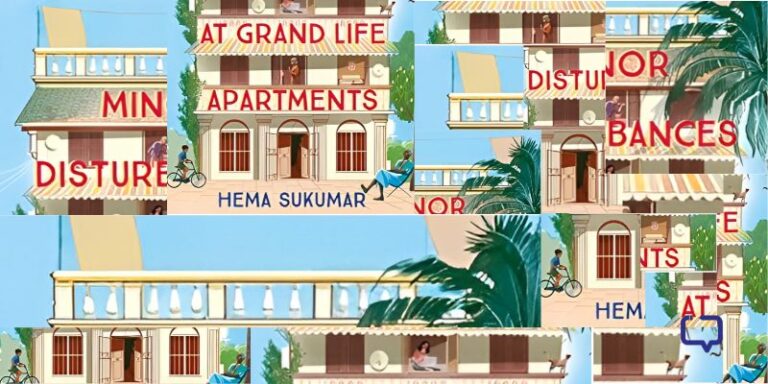Tomb of Sand (or Ret Samadhi) is a Hindi book written by Geetanjali Shree and translated into English by Daisy Rockwell. It is the first Hindi fiction book to be shortlisted for the International Booker Prize. The story skillfully adorns the coveted position and delivers a humorful yet hearty narrative.
This Hindi book is a tale of a mother and her daughter. It masterfully captures the essence of the post-modern patriarchal Indian middle class and spawns the story across the subcontinent and transcends the borders. The story is a stream of poetic prose with a tint of magical realism. Daisy Rockwell has done a commendable job of translating it into English, without losing the essence of the story. In order to achieve this, numerous words and expressions are left untranslated from Hindi, which adds an additional beauty to the piece.
We encourage you to buy books from a local bookstore. If that is not possible, please use the links on the page and support us. Thank you.
What is Tomb of Sand about?
The story of this Hindi book is divided into three chapters. The first two deal with the patriarchal workings of Indian minds and other pertinent issues of modern Indian society and can be summarised together.
Tomb of Sand revolves around the main protagonists, the senile and deeply depressed Ma, her first child addressed as Bade (which means elder child in Hindi), his wife Bahu ( which means daughter-in-law in Hindi), and the younger girl child, Beti.
Ma is often found conversing with craws and other immaterial elements throughout Tomb of Sand. The premise is set in a middle-class Indian family. It begins with Ma falling into depression after her husband’s death. We see her bedridden for about one-third of the book. She is living with Bade, characterized as a stereotype of an elder male child in Indian society. Bade lacks the faculty to emote his affection and carries the orthodox mindset of an Indian male. Beti on the other hand is depicted as a free and ´feminist´ spirit who lives alone and is unmarried.
After a curious turn of events, Ma moves in with Beti in her apartment and gets involved with Rosie, a transsexual. Beti’s laidback attitude and Rosie’s companionship help Ma find her vigour once again, in a sort of Benjamin-Buttoning of the mind and heart.
Beti, who considers herself to be modern and liberal, finds herself in the conundrum of how to react to her mother’s newly acquired youth and the hypocrisy of her feminist effervescences come to the surface in light of her mother’s romance. The narrator beautifully mirrors this role reversal of Ma and Beti in their physical appearance by saying how Ma is shrinking down and Beti is subsequently ballooning up.
In the last part of the second chapter, Rosie is found to be murdered just before departing to Lahore on a trip and Ma decides to visit Lahore in Rosie’s stead. Ma drags Beti along with her and the narrator uncovers the heart-wrenching tale of love that was severed in the partition of Pakistan and India in 1947. The story and relationship between Rosie and Ma are fully divulged in the last hundred pages.
Elements of magical realism
Tomb of Sand delves into elements of magical realism in numerous instances throughout the narrative. To start with, the human characters and their lives are enriched by the inanimate objects around them – from the door to Reebok, the crows, and the walking stick – are also salient characters in the story.
Bahu´s foreign child’s unsmiling face, the butterflies that emanate from Ma´s walking stick, the crow that follows the family, and the conversation between the crow and the partridge, are the different elements of magical realism that can be observed. Though the elements of magical realism do not do much to the narrative of the story, subtle sparks of it give a dreamlike effect to the story.
Ism-ology: Capitalism, imperialism, feminism
Though the story of this originally-Hindi book is ultimately a Partition story, the narrative invests in different political affairs in different parts of the story. One such example is the foreign child of Bahu, (who does not get any other name in the story) who forgets how to laugh, living midst of capitalism. Similarly, hints of commentary on imperialism and feminism and such are also found throughout.
It is pertinent to say feminism does take centre stage in the first two chapters of the story. Bade represents the male patriarchal outlook whereas Beti epitomizes feminism and freedom. Ma, when in the care of Bade is depressed and bereft of any kind of enthusiasm whereas while in the company with Beti, she is found to be revitalized and thriving.
Ma abandons her older ways and embraces younger fashions, such as gowns, and discovers a love for and enjoyment of alcohol as she starts living with Beti – a rather straightforward symbol. The narrator, in different instances, is also interestingly found to attack the champion feminism that Beti processes which adds depth to the reading.
Tomb of Sand in all its glory deserves the recognition it has acquired as the first Hindi book to be nominated for the International Booker Prize. Both the narrator and the translator do an excellent job.
Best quotes from this Hindi book
The story starts with a beautiful quote that goes like this,
´A tale tells itself. It can be complete, but also incomplete, the way all tales are.`
Another sticking quote from the story is
´Once you´ve got a women and a border, a story can write itself. Even women on their own are enough. Women are stories in themselves, full of strings and whispers that float on the wind, that bend with each blade of grass.´
Conclusion
Except for the slow build-up of the novel, which causes it to lag at the beginning, it is a powerful story of what it means to find empowerment as a woman, how far the boundaries of our open-mindedness go, what it means to be truly liberal and liberated, and much more. It is a must-read Hindi novel, whether in the original or its translation.











